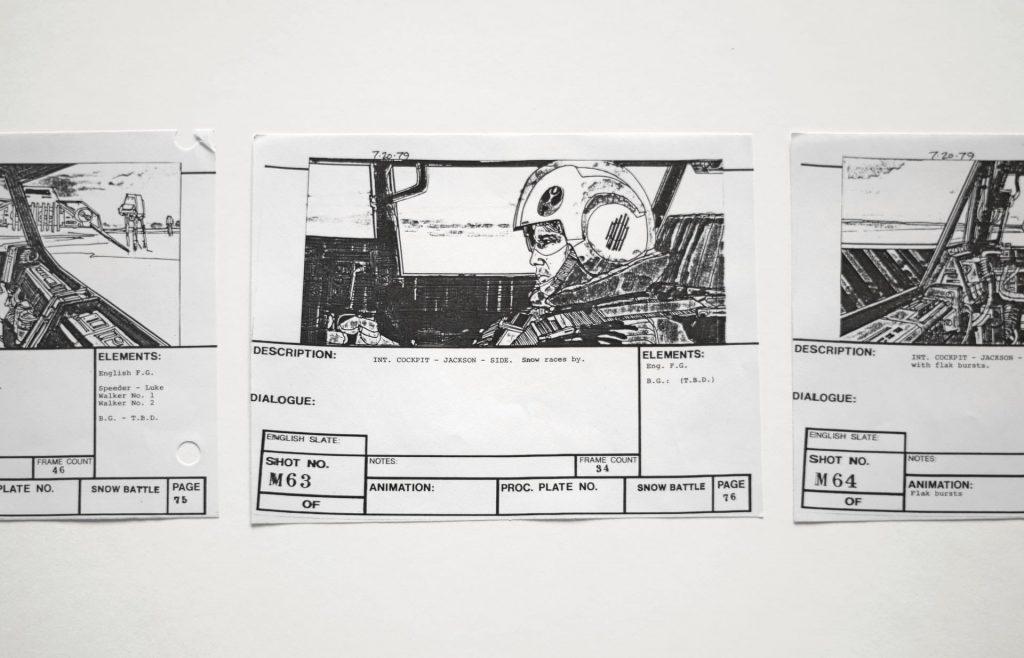Having an animation degree often prepares you to pursue various career paths. You can be in animation, multimedia design, entertainment, advertising, marketing, and more.
Although most of these opportunities depend on a person’s portfolio and education level, your degree can help pave the way for your dream career.
The skills you develop, the experience you gain, and the portfolio you build will allow you to be competitive in your chosen career.

Pursuing a Career in Animation
Animation can lead to a lot of exciting job opportunities. Animators often enjoy the creative aspect of their work. That’s because it indulges their imagination and seeing their concepts and designs come to life.
As with many creative fields, this one is highly competitive. Therefore, you should strengthen your portfolio early on.
Data from The Bureau of Labor Statistics (BLS) projects animator and multimedia jobs to grow by about 4% from 2018 to 2028. This is quite similar to the growth rates for all occupations in the US.
In our opinion, those seeking a career in animation should have strong artistic abilities, excellent time management skills, and computer competencies. That way, you can pursue any of the seven jobs listed below:
1. Animation Technical Director
An animation technical director is often a top dog position on the production site. They often work with animation software, creating and testing tools, add ons, and custom features. This is to ensure that both layout artists and animators do their jobs in the best way possible.
They’re also there to solve their colleagues’ problems. Let’s say that an animator or layout artist encounters a technical issue. The one they often turn to for advice is the animation technical director to look for solutions or solve a particular problem.
That’s why technical animation directors need to grasp how artists maximize animation software and tools. They often use analytics to help monitor a company’s workflow and streamline its operations.
Often, animation studios employ technical animation directors.
2. Graphic Artist
At Twine, we understand the importance of leveraging visual content to attract and retain your audience’s attention. This is where graphics artists and designers come in to help.
They use their artistic flair and knowledge of the computer to pick designs, colors, and various visual layout aspects. Additionally, they can use their talent to make marketing collaterals like ad banners and cartoons. Hence, many graphic artists work with marketing companies like Voy Media, a Marketing Agency in New York City.
Graphic designers can also develop visual concepts either by hand or using graphics software. Regardless, a design aims to inform, inspire, and captivate consumers.
They’re also the ones in charge of developing the overall layout or production design for different apps. This includes ads, brochures, magazines, corporate reports, and so much more.

3. Video Game Designer
A video game often starts with a concept. Video game designers make that gameplay concept and come to fruition. This usually happens through experimenting with character designs and actions.
That’s because how a game character looks should be in line with the theme of the game.
This is often developed in computer software wherein a design shall input computer scripting. Then it will be processed by the software to come up with characters, commands, events, or objects that players will often interact with.
Note that game designers also tend to focus on particular aspects of gameplay.
For instance, there are game designers who spend most of their work as testers. This includes handling coding or watching others’ first-hand mistakes.
On the other hand, lead designers are the ones that coordinate with the team. They are responsible for the communication in and out of the design team and making crucial decisions.
Meanwhile, a game mechanics designer’s job is to balance the game and its rule system. Finally, an environmental designer creates various scenarios or a game’s environment.
Also, note that games tend to develop millions of changes throughout its making throughout its entire making.
That’s why game designers need to check and recheck thousands of lines of code continually. They’re often tasked to create a game that focuses on a single subject like art, design, the market, and technology.
4. Animation Technical Artist
A lighting artists’ job is to light the scenes in animation. It is similar to a live-action production, where the director of photography or gaffer decides which lights to use and where to place them. There is also a lighting artist in computer-generated animation.
The difference with animation is that lights are often created in software, where the lighting artists have total control over what these effects will be.
Lighting artists often utilize light to improve the overall atmosphere, depth, tone, and mood of the scene. They’ll input various lighting effects depending on the elements of a frame or setting, like the time of the day or the weather. They’ll ensure where the light source will be in a particular location.
Lighting artists often light up images in a way that it’s easy for a computer to render. They often develop color keys that can serve as guides to indicate a particular color hue in a scene. They also utilize shader settings to create effects like reflections or an appearance of a seemingly wet surface.
Although animation studios often employ lighting artists, they are free to work as freelancers or in an advertising agency, web design company, and such.
5. Art Director
Art directors usually have an excellent eye for visual design. If you love getting involved with projects or working with other people, you might consider a career as an art director.
Usually, art directors are the ones who are responsible for the visual style or images in print media, product packaging, and more. They’re the ones who will develop a project’s overall design, directing others to create artworks and layouts.
But they can also work within advertising and PR firms, publications, and marketing companies.
Usually, their work involves understanding a project’s design elements while keeping it within budget and on time.
6. Cartoon Animator
Creating realistic characters is crucial for animators to connect with their audience better.
Cartoon animators focus on the artistic and technical training that’s often required to come up with sophisticated animated characters and their environment.
Cartoon animators develop animations and visual effects for video games, movies, and other different types of media. They use their computer skills to bring characters to life. You need to have at least a bachelor’s degree to get entry-level work as a cartoonist.
Usually, a cartoon animator’s job is to create a series of pictures and make them come alive. Those who want to pursue this kind of career should have strong artistic and imaginary abilities.
Training one’s artistic and technical skills are also vital in this field.
7. 3D Modeler
Working with various industry-grade animation tools like Blender, 3DS Max, and Maya, a 3D Modeler creates models representing a real-life element.
Although this work may seem pretty niche, skilled 3D modelers can find jobs in film, advertising, and video games. Yet, they can use their skills in engineering, architecture, manufacturing, and more.
Because of a steep learning curve, one can get their leg up on the career ladder by enrolling in a 3D animation school. From there, you can build your portfolio.
Final Thoughts
For someone who wanted to pursue a career in animation and design, getting paid for the work in this field is often a dream come true.
The only downside here is that it is often saturated with competition, just like any creative profession. Nonetheless, you can start by getting a degree in animation and building your experience and portfolio through time.
Hopefully, with the points we made above, you will be better prepared for success.








